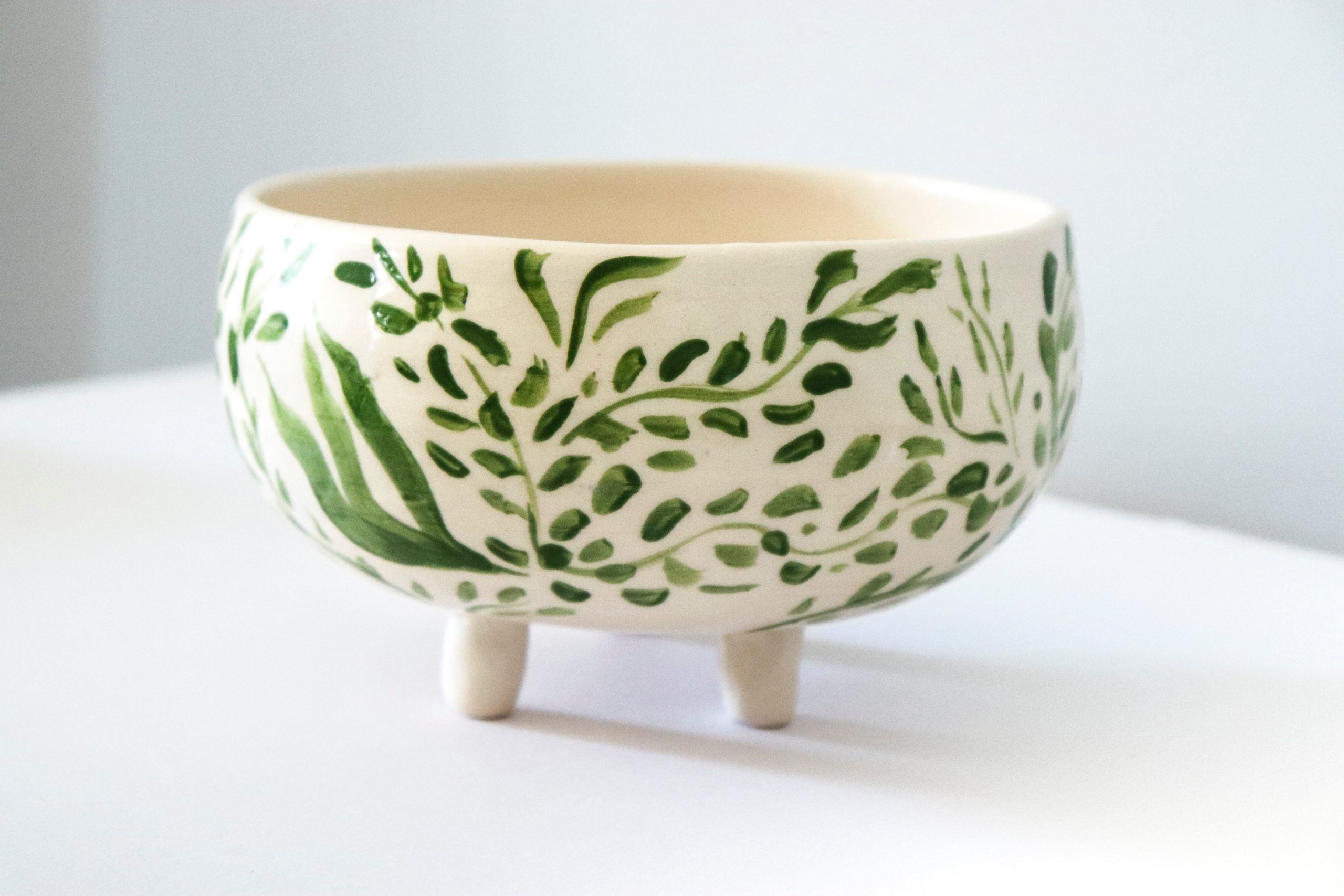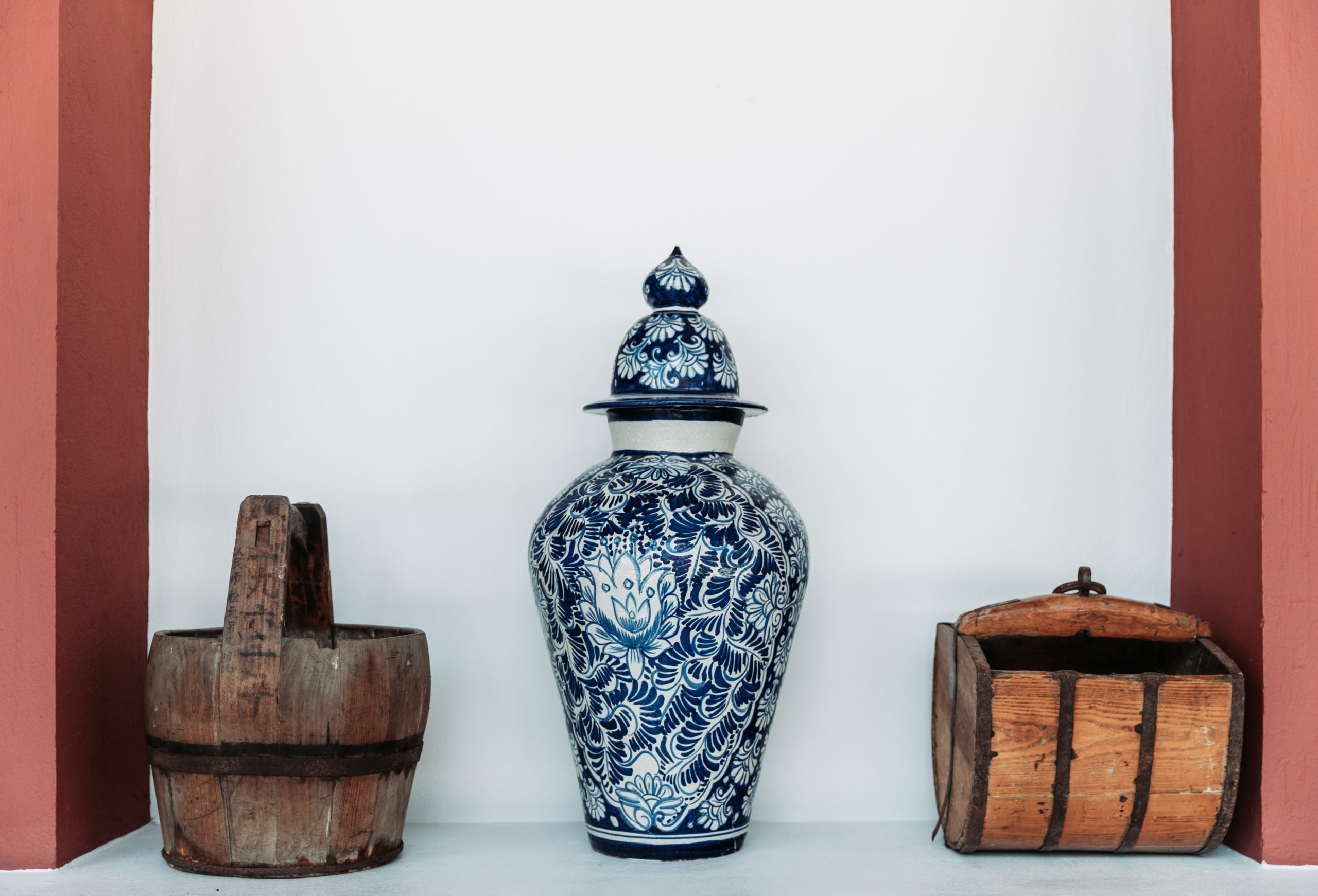Porcelain is not resistant to stains, and whether it be your kitchen or bathroom sink, your flower vase, or your bowl, it doesn’t look good if there are dirt marks on it, especially if the porcelain is white.
If you want your porcelain to remain in good condition even after many years, you have to know how to take care of it. It can get cracks over time, but knowing how to fix those cracks is a more advanced skill to know.
You should start with knowing how to whiten porcelain.

How to Whiten Porcelain
Whitening porcelain is simple. However, as porcelain is a glass, it is fragile. Having said that, it has to be held gently and carefully, and you shouldn’t use tools that can scratch it, like abrasive sponges and brushes.
In addition, there are products that are not suitable for porcelain. Especially if your porcelain is already old or is an antique, you should avoid harsh chemicals at all costs because they can add more damage to it.
Here are different ways to whiten porcelain.
Baking Soda
I know I told you not to use anything harsh to whiten your porcelain but baking soda is an exception. Baking soda may be tough on stains but it is still gentle in a way and can make your porcelain get back to its natural state.
Just mix baking soda with water then rub the mixture onto the stained area using a non-abrasive sponge. If you see that the area already whitens, rinse it with water.
Dishwashing Liquid
One of the simplest ways to whiten porcelain is by using water and dishwashing liquid. Dishwashing liquid is an effective stain remover, and that is because its ingredients are made specifically to remove oil-based substances that most other soaps can’t easily remove.
If the stains in your porcelain are caused by food, dishwashing liquid is perhaps the best way to whiten it.
Bleach
Another way to whiten porcelain is by using bleach. Bleach is a whitening agent, so it can only be used if your porcelain is plain white. However, due to its being a strong whitening agent, if your porcelain is old, this is not the right way for you.
To use bleach, you shouldn’t apply it directly to the stained area. Cover the area with paper towels and spray bleach onto them. Leave the bleach for 30 minutes then rinse.
Hydrogen Peroxide
For porcelain that is not plain white, hydrogen peroxide is safer to use than bleach. Just the same process. Cover the stained area with paper towels, spray hydrogen peroxide, wait for 30 minutes, then rinse.

Acids
No, not muriatic acid or other strong acids that can cause serious damage not just to the porcelain but also to humans. Lemon and vinegar have also proven to be effective in removing tough stains because of their being acids.
Lemon and vinegar are essentially whitening agents, so whitening porcelain with them can work. These two that you can find in your kitchen have many uses apart from making your tummy happy!
